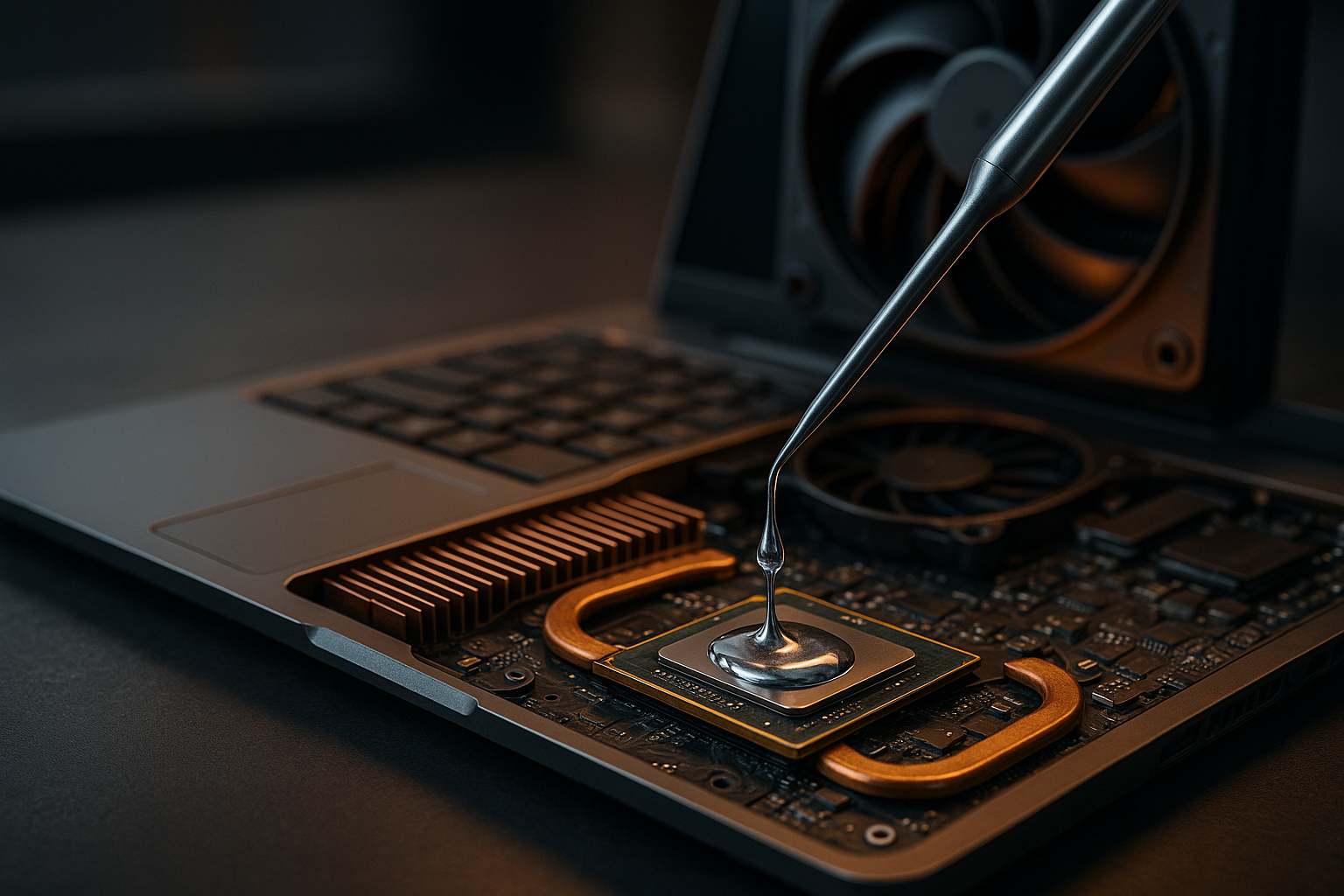Secure configuration steps for protecting household devices
This guide presents clear configuration steps to protect household devices, covering account controls, firmware and driver maintenance, hardware considerations, power and accessory choices, and responsible recycling. Apply these practices to laptops, desktops, routers, and smart accessories to reduce common security and privacy risks.

laptop and desktop security
Limit administrative privileges on laptops and desktops by creating separate user accounts for daily use and for system administration. Enable full-disk encryption where available to protect stored data if a device is lost or stolen. Configure automatic screen locks and require strong passphrases or biometric authentication. Use the built-in firewall, review inbound rules, and disable unneeded services such as legacy file sharing. Maintain regular backups to an external drive or a reputable cloud provider and verify those backups periodically to ensure recovery after repair or data loss.
Layer endpoint protections with reputable anti-malware tools, but avoid installing multiple real-time scanners that may conflict. Keep system restore points or system images so you can revert to a known-good configuration after problematic updates or software changes. Document account recovery information and store it in a secure manner separate from the devices themselves.
hardware and firmware updates
Firmware and hardware-level software address vulnerabilities that operating system patches can’t reach. Check official manufacturer resources for firmware updates on routers, motherboards, SSDs, and smart-home hubs, and apply updates according to vendor guidance. Read release notes to confirm that a firmware version resolves security issues without introducing compatibility problems. During firmware updates, ensure stable power—use a UPS for desktops or routers when possible—and avoid interrupting the process to prevent device bricking.
Maintain an inventory of hardware models and current firmware versions so you can track end-of-life notices and planned updates. For small household networks, schedule a monthly check for critical updates and document the steps needed to roll back an update if compatibility or performance problems occur.
drivers and compatibility checks
Install device drivers from official manufacturer sites or through your operating system’s verified update channel to avoid malicious or unstable drivers. After updating drivers, test the primary functions of hardware components such as graphics, networking, and audio to confirm compatibility. If you rely on specific accessories, verify driver compatibility before applying updates that could disrupt workflows.
Keep backups of previously working driver packages or create a system image before significant driver changes. When replacing hardware or installing upgrades, consult compatibility lists from component providers to ensure the new part is supported by your system and operating system version.
performance and power management
Addressing performance and power settings helps maintain device responsiveness and ensures security routines run on schedule. Configure power plans so that automatic updates, security scans, and backups can complete—typically during periods when devices are plugged in and idle. Monitor CPU, memory, and storage utilization to detect unusual spikes that might indicate malware or failing hardware.
Choose accessories and power adapters that comply with industry standards to avoid damage or data exposure through compromised chargers or adapters. For battery-powered devices, balance performance and longevity by adjusting refresh rates and background task schedules rather than using extreme power-saving modes that might skip important updates.
upgrade and repair best practices
When performing upgrades or repairs, confirm component compatibility and obtain parts from reputable sources. Follow official guides for disassembly and reassembly to avoid voiding warranties and to reduce the chance of static or mechanical damage. If a repair is outside your skill set or warranty terms, consider using local services that provide documented procedures and clear data-handling policies.
Before sending a device for repair or swapping in new hardware, back up needed data and remove sensitive information. If possible, perform a secure wipe of storage media or remove drives entirely when a repair does not require access to personal data. Keep serial numbers, warranty details, and repair records to support future maintenance and security audits.
accessory selection and recycling
Choose accessories—keyboards, webcams, external drives, and smart devices—that follow compatibility standards and come from manufacturers with clear security practices. Avoid unknown-brand USB devices or networked accessories that lack firmware update channels, as these can introduce vulnerabilities. Use accessory settings to limit unnecessary permissions, such as disabling microphone/camera access for devices that do not need them.
When retiring or recycling devices, securely erase storage using methods appropriate for the media type; factory resets may not fully remove data from SSDs. Follow local services for electronics recycling and inquire about their data-handling processes. Physically destroy removable drives when appropriate and document the steps you took to sanitize or recycle equipment.
Conclusion Securing household devices requires a layered approach: apply strong account controls, maintain firmware and driver hygiene, choose compatible hardware and accessories, and manage power and performance thoughtfully. Combine routine maintenance with documented repair and recycling practices to reduce risk while preserving device usability and longevity.





